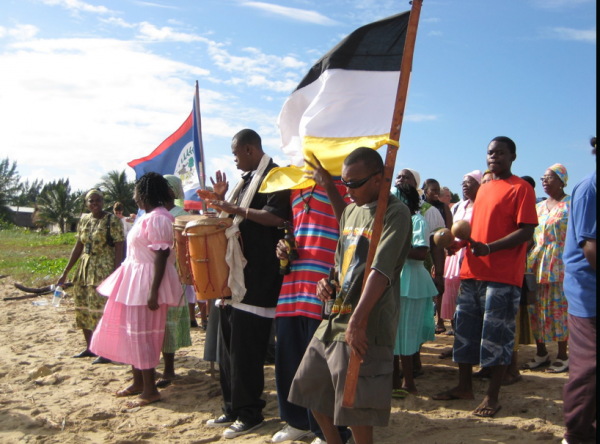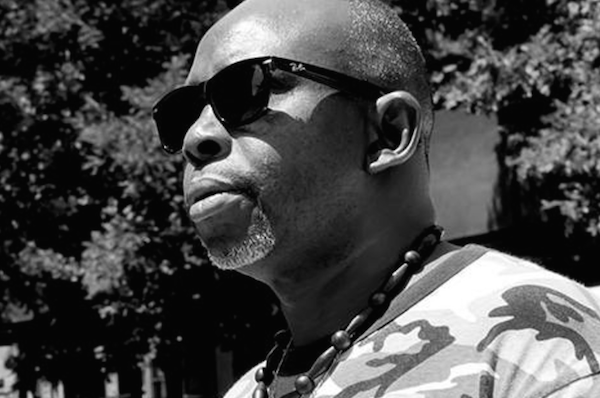Words by Kieran Meadows

Photo: Not All Who Wander Are Lost
Today is Garifuna Settlement Day, one of the biggest national holidays celebrated in Belize. November 19 marks the day in 1802 when the first group of Garifuna, or Garinagu, people arrived in the Central American nation. The Garifuna, descended from mixed African and indigenous Caribbean peoples, have one of the most unique and complex histories of any group in the region.
Garifuna culture flourished on the island of St. Vincent until the late 1700s when the British killed many and forced the rest into exile along the Caribbean coast of Central America, where numerous settlements remain today. In the face of wars, death and forced migrations, the Garifuna still carried with them a rich culture of language, music, dance and tradition that has been passed down through generations.
The story of the Garifuna people goes back centuries, and two alternative genesis narratives exist. As the common story goes, two Spanish ships carrying African slaves shipwrecked in 1635 just off the coast of St. Vincent. Those who survived swam to shore and sought refuge with the inhabitants of the island, the indigenous Carib and Arawak people.
The other narrative begins earlier, with Africans present in the Caribbean in the pre-Columbus era, as early as the 1300s (or perhaps earlier), with the explorer Abu Bakari leading trading ships to the Greater and Lesser Antilles. The key distinction is that these Africans were not enslaved; rather, they sailed and explored the so-called New World by their own volition. Historians Leo Wiener, in his book Africa and The Discovery of America, and Ivan Van Sertima, in his book African Presence in Early America, both point out that standard versions were likely written by British historians who would not want to acknowledge the presence of Africans in the western hemisphere prior to Columbus.
What is agreed upon though, is that over time, the two groups—Africans and the indigenous Caribs and Arawaks—intermixed and eventually fused into what became known as the Black Caribs, or Garifuna people. Despite years of war between the British, French and locals themselves, by the late 18th century, Garifuna was the dominant culture on St. Vincent (known as Yuramein in Arawakan/Cariban language). However, in 1797, they were exiled by the British before making their way Caribbean coast of Honduras, Belize, Guatemala and Nicaragua.
For many in the Garifuna community and diaspora, the second narrative sounds more accurate. “The Garifuna people are the only black race here in this New World who were never enslaved,” says James Lovell, a Garifuna musician, singer and educator living in Brooklyn. “That is something to be proud of, something you can sing about, you can make a poem about, you can rap about, that you can do practically anything about,” he continues. “You need to know your history so that when you go and represent your culture, you will be able to talk about it in an insightful way.”
Lovell, who was born in Belize, is one of thousands of Garifuna expats who live in the United States. While there are communities in many states, the largest populations are in New York City (especially the Bronx and Brooklyn), Los Angeles, Chicago, Miami and Boston. The migrations from Central America have occurred every decade since the 1950s.









